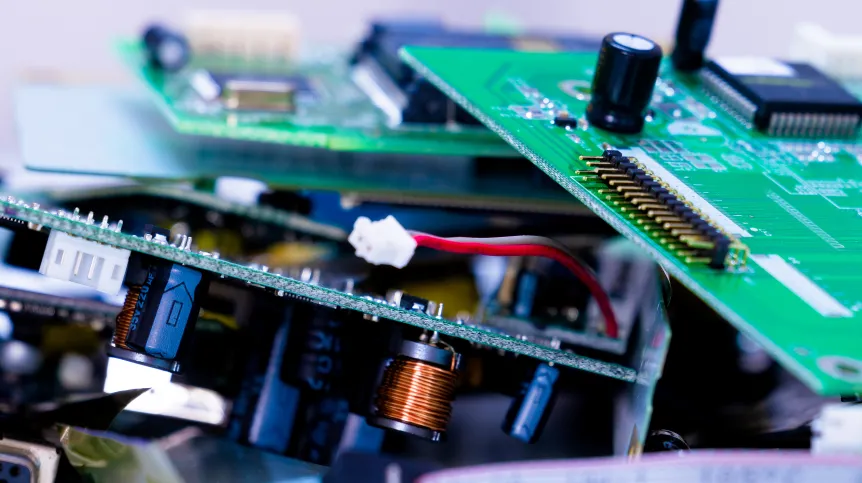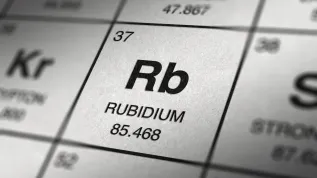
A metallic “twisted” magnet conducts electricity more easily in certain directions and generates a strong signal without an external field, an international team including Kamil Kolincio, PhD, from the Gdańsk University of Technology has found.
Classical electronics relies only on the electron’s charge. Faster operation requires moving more charge, which produces heat.
Spintronics adds a second layer of information—the electron’s spin, or the direction of its intrinsic magnetic field. You can imagine this as electrons spinning left or right as they move.
This allows the same charge to carry more data, enabling faster, more energy-efficient switches and memory devices. Spintronic materials require self-aligned spins that can be read easily through a simple voltage measurement.
The compound, described in a paper published in Nature (https://doi.org/10.1038/s41586-025-09633-4), exhibits this property. Unlike a regular magnet, where atomic magnetic fields all point in one direction, this metal’s atomic fields form a helix along a single crystal axis.
This twisting arrangement makes electrons “prefer” certain directions, so electrical resistance depends on how current flows relative to the helix, providing direct evidence that spin controls charge motion.
The metal also exhibits a strong anomalous Hall effect without an external field. Normally, the Hall effect causes electrons to twist sideways under a magnetic field, producing a small voltage—similar to cars drifting in a crosswind.
In this metal, the sideways deflection happens spontaneously due to internal spin alignment and the interaction between electron spin and electric fields near heavy atoms.
The signal is strong enough that a short current pulse produces a measurable voltage showing the helix’s alignment.
Researchers confirmed the helical structure using X-ray scattering and transport studies.
According to the Gdańsk University of Technology, Kolincio conducted key neutron scattering experiments at Japan’s J-PARC facility, completing the picture of the magnetic structure. This is the second known material with a helical spin arrangement, but the first metallic one, allowing direct observation of electron motion in a “twisted” state.
The discovery shows that a helical spin arrangement in a metal can produce a large, easily measured electrical signal, meeting a key requirement for spintronic devices.
Potential applications include memory devices where “left-hand” and “right-hand” helices represent zeros and ones, sensors that work without permanent magnets, and hybrid systems with superconductors that could carry current with minimal loss.
The breakthrough represents a step from fundamental physics to practical technology. If engineers can reliably switch the helix on and off with small current pulses, the next generation of memory and switching devices could be faster, cooler, and more densely packed than current electronics.
PAP - Science in Poland
kmp/ bar/
tr. RL













